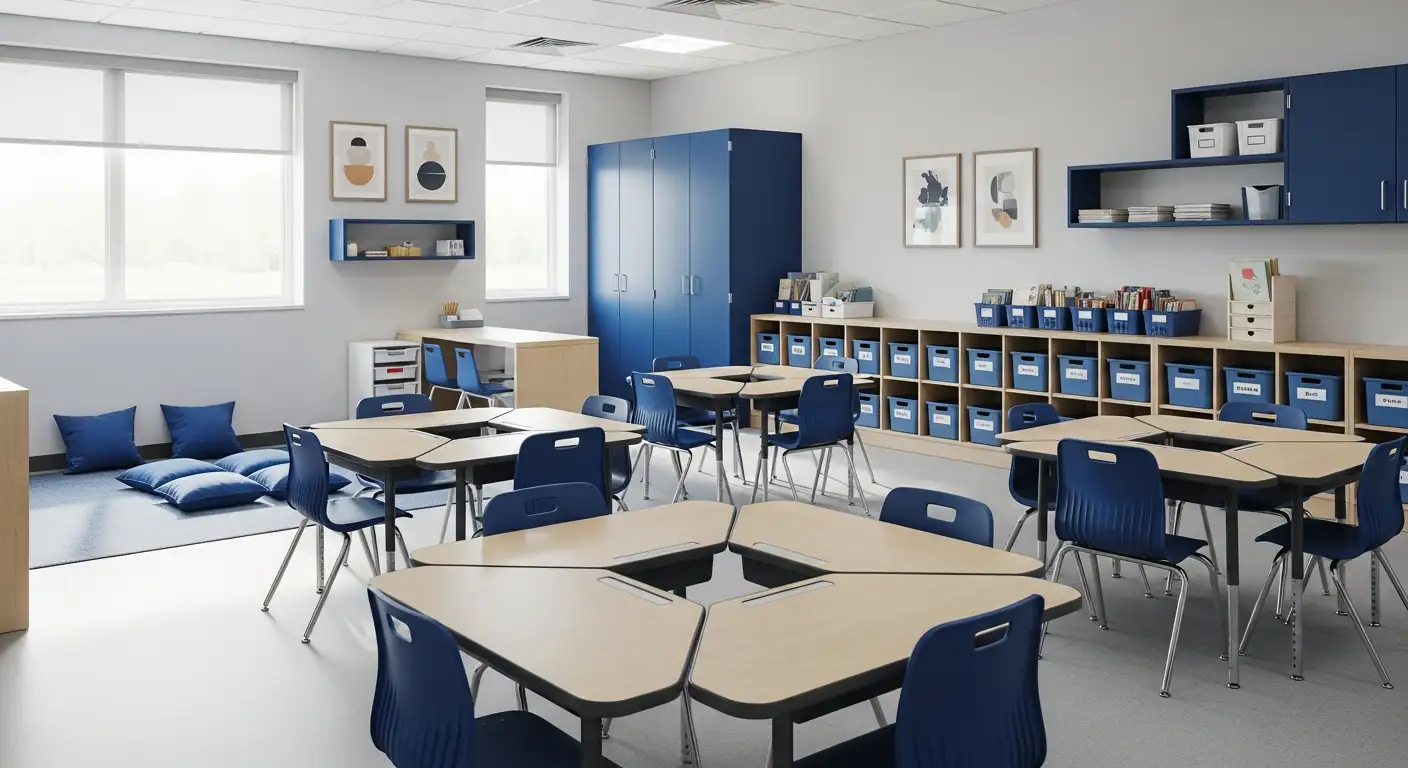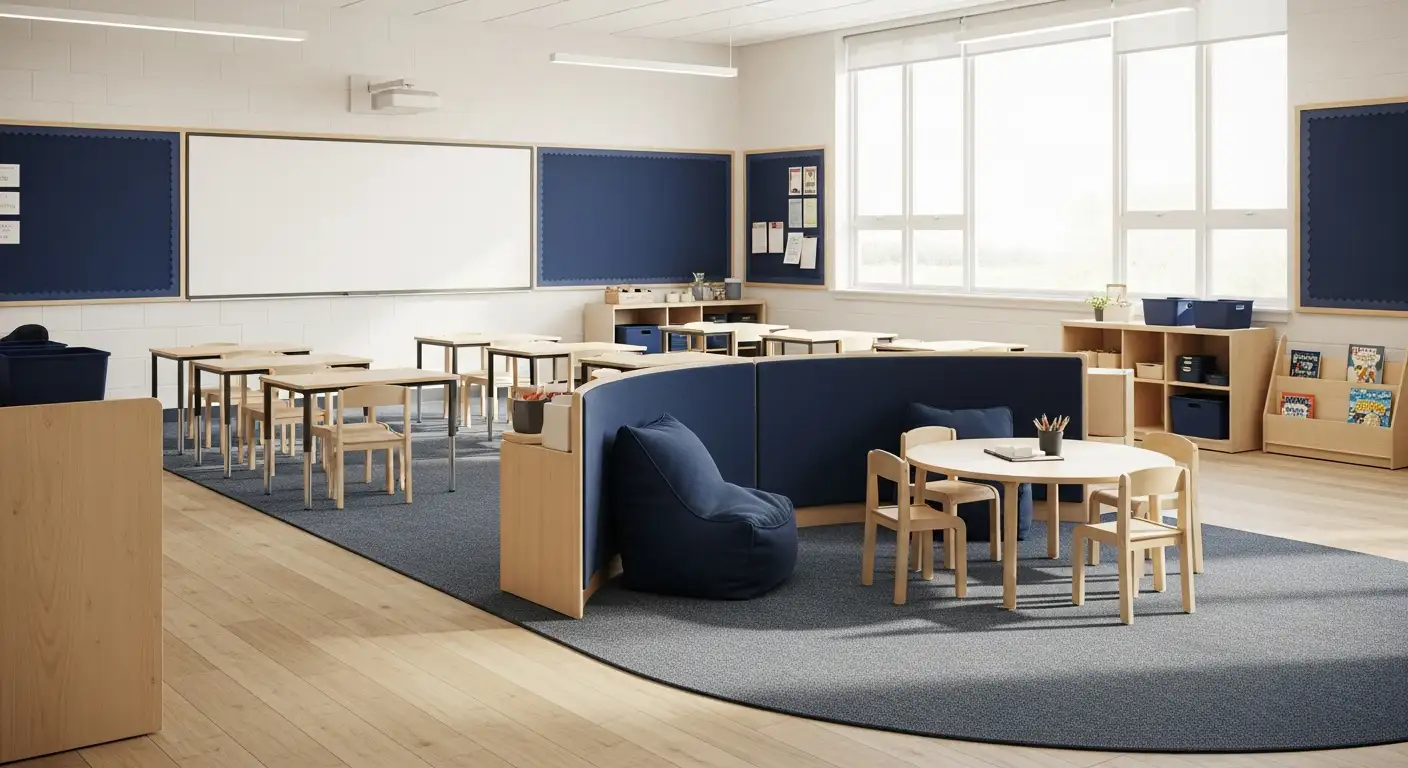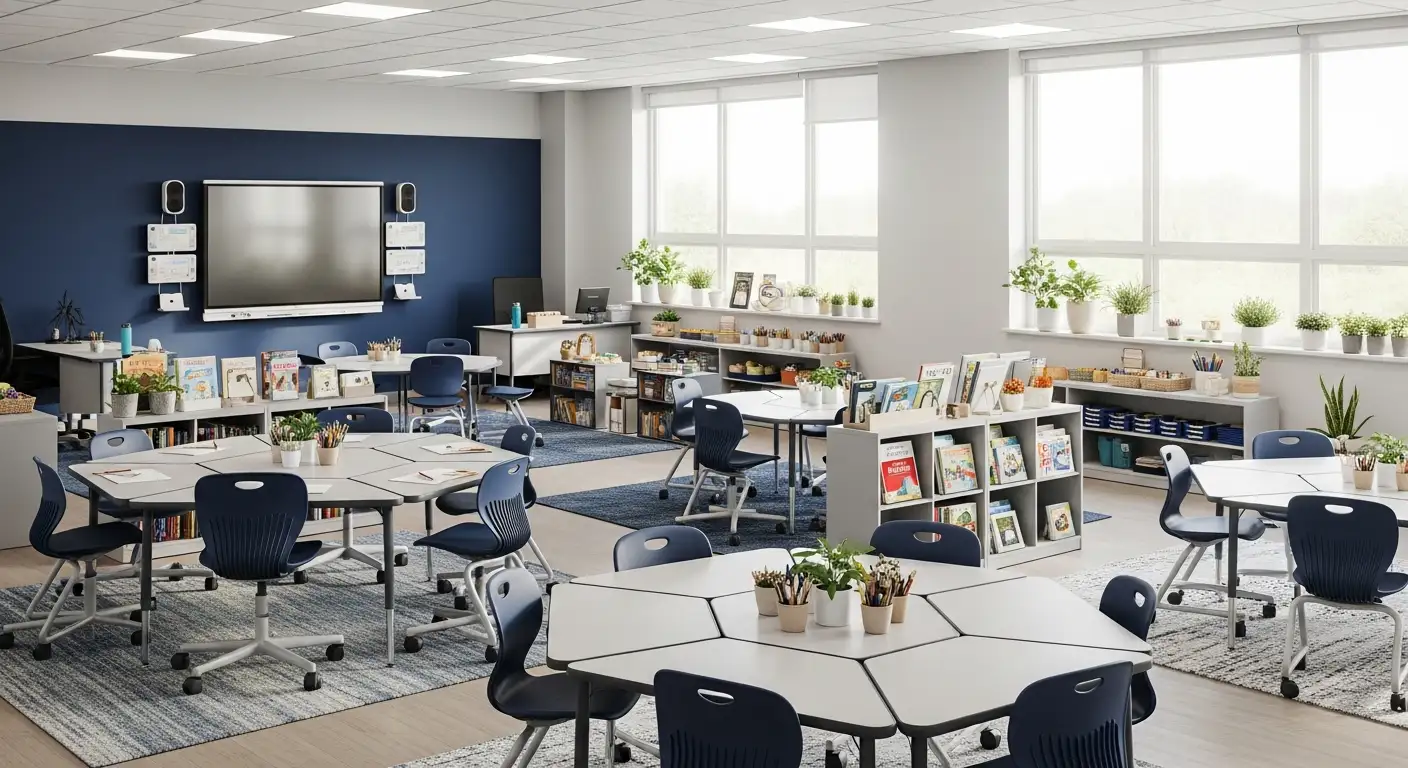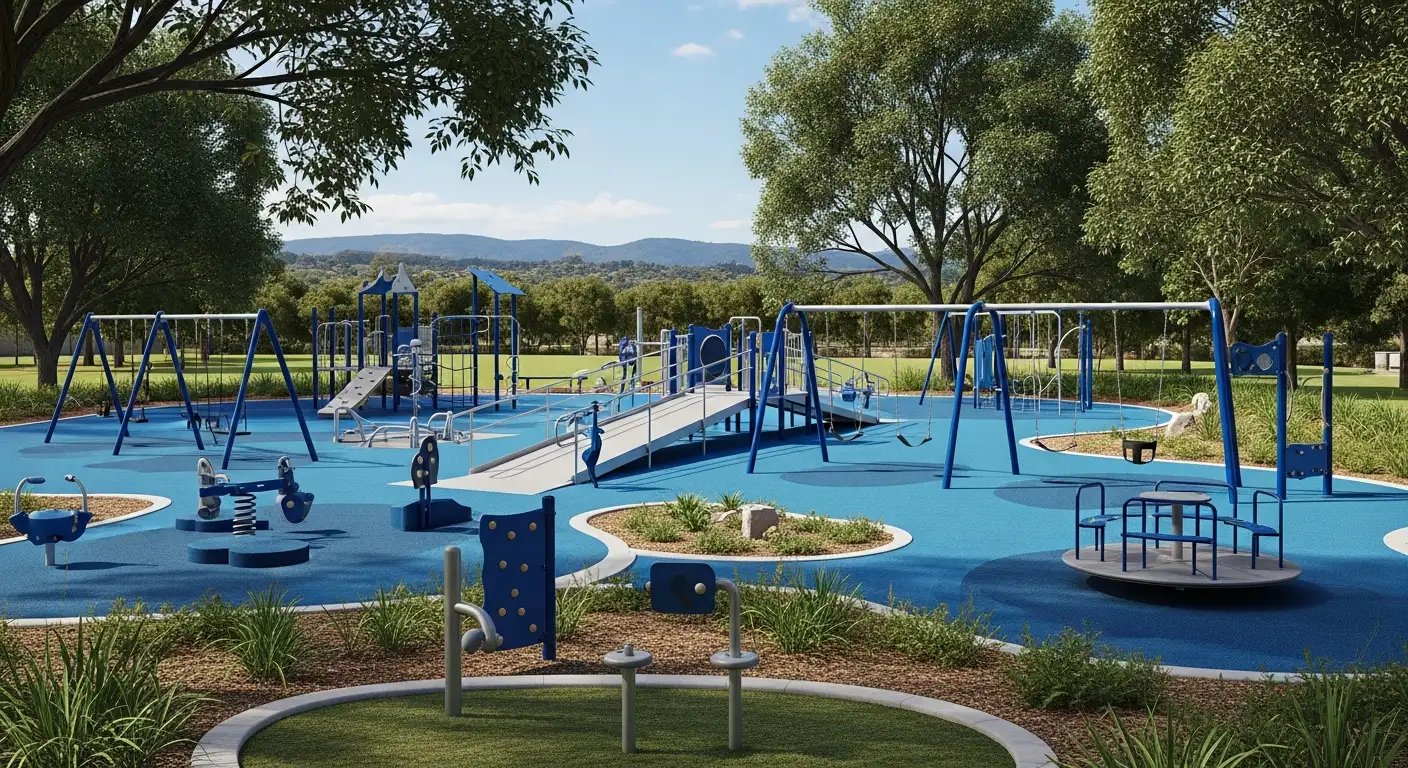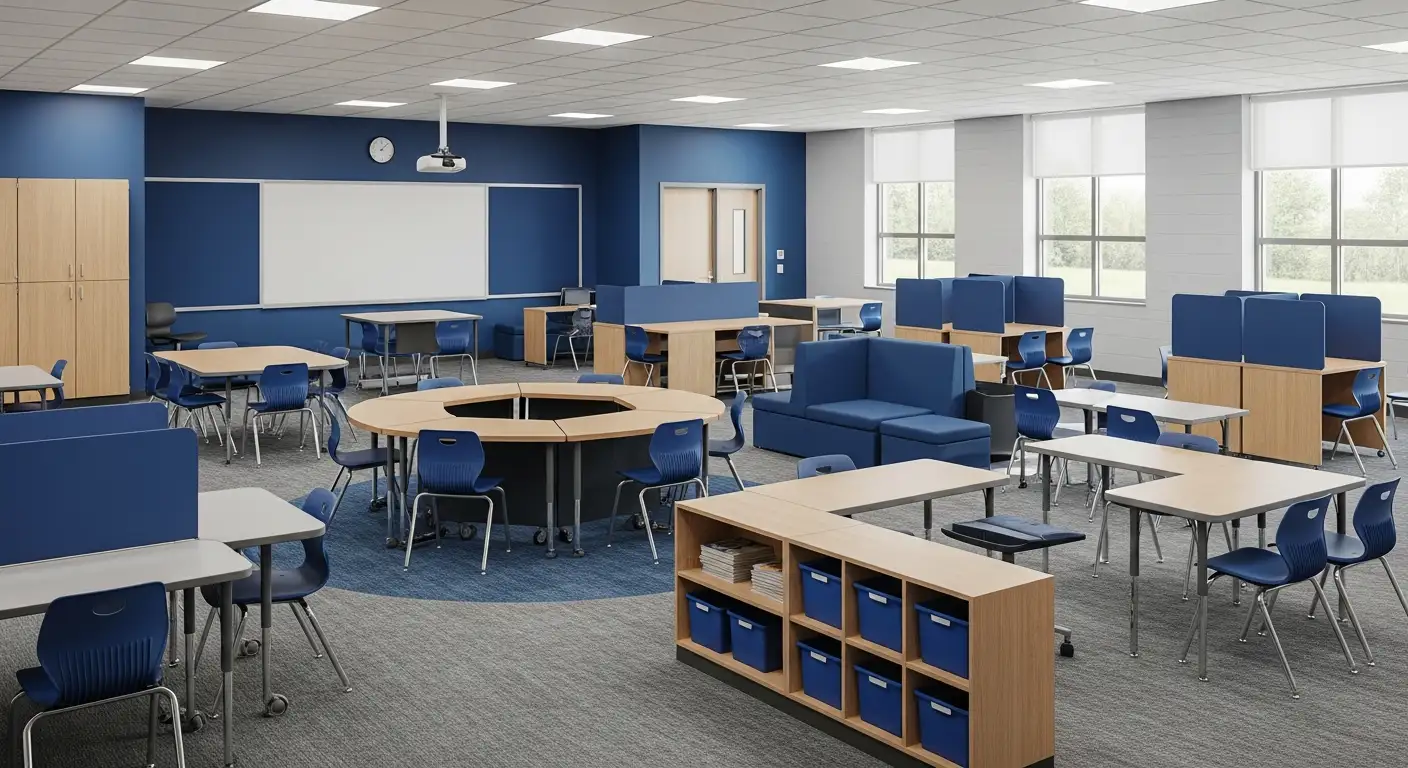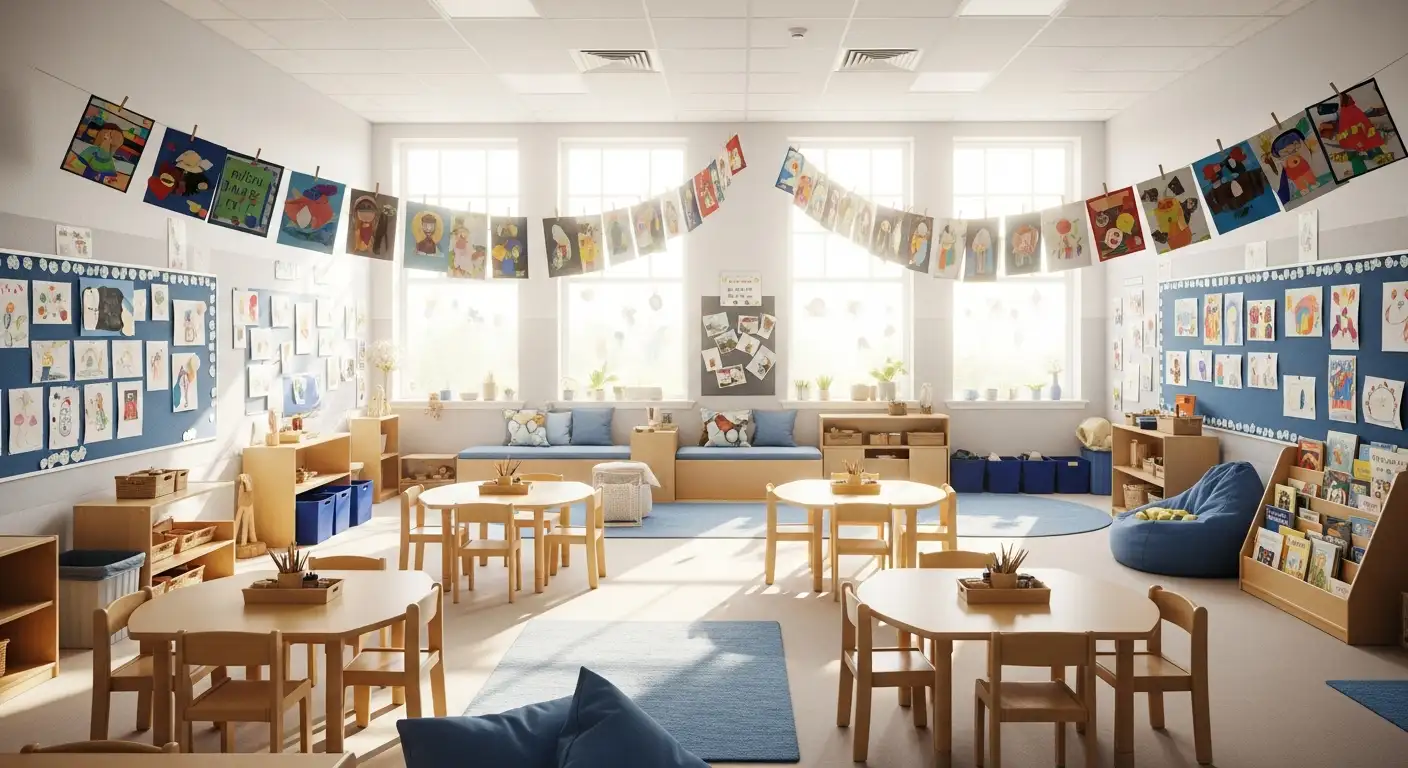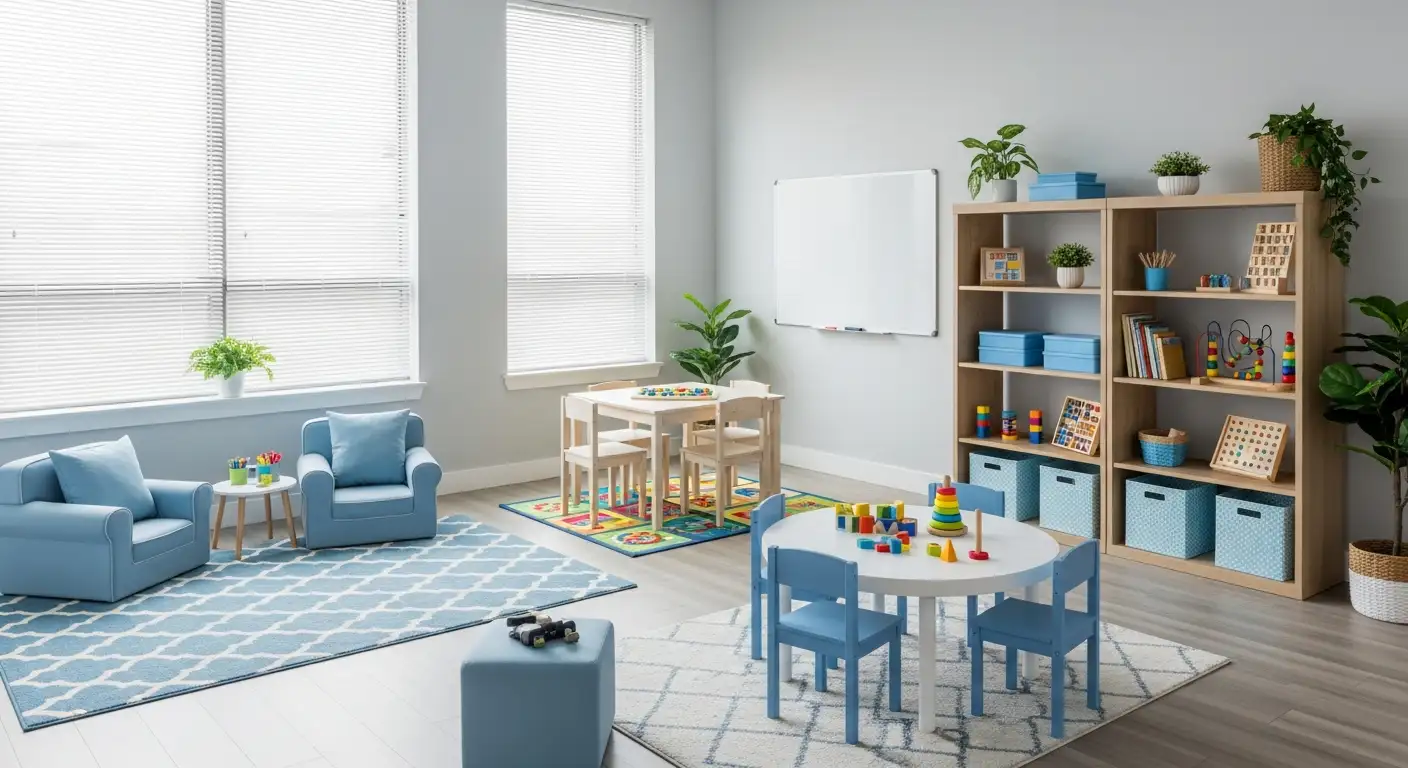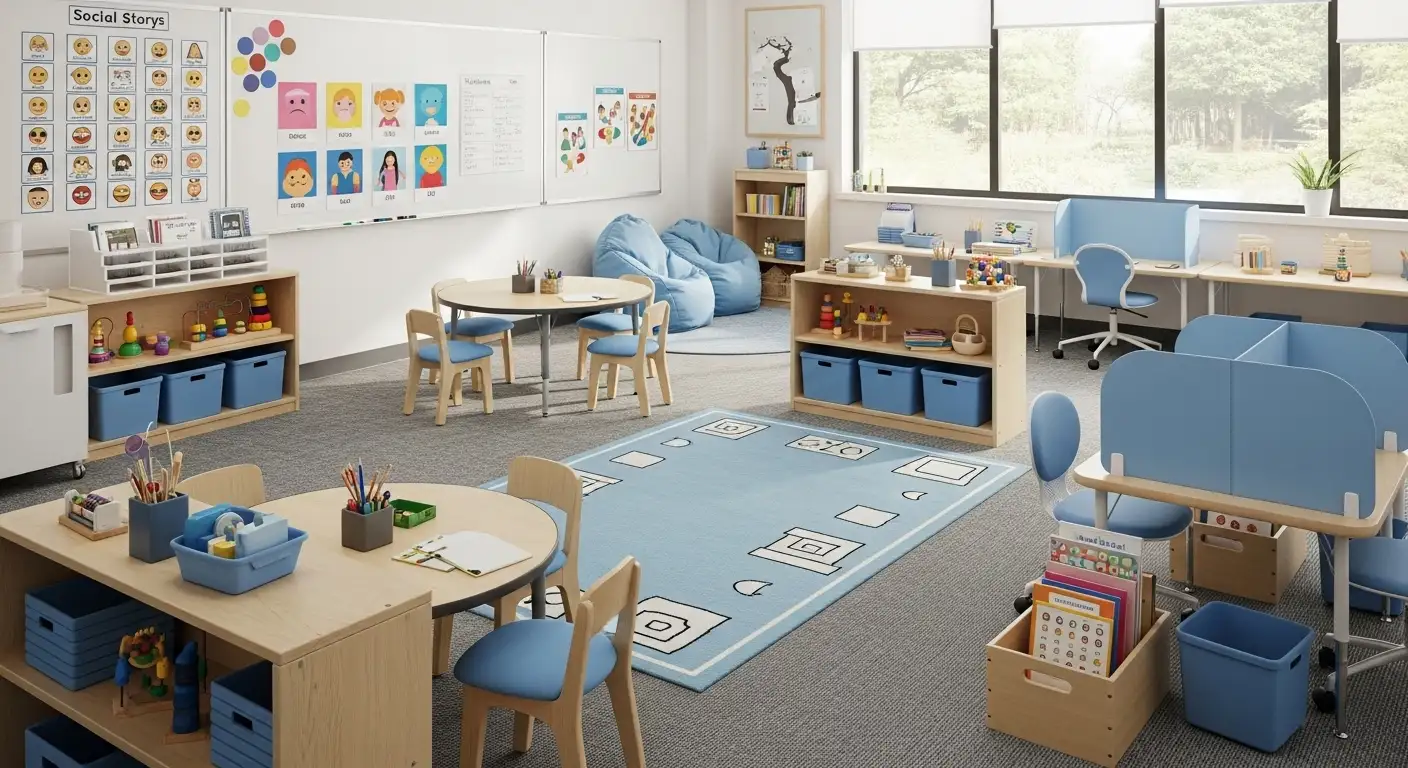How to Teach Safety Awareness to Autistic Teens
Empowering Autistic Teens with Essential Safety Skills
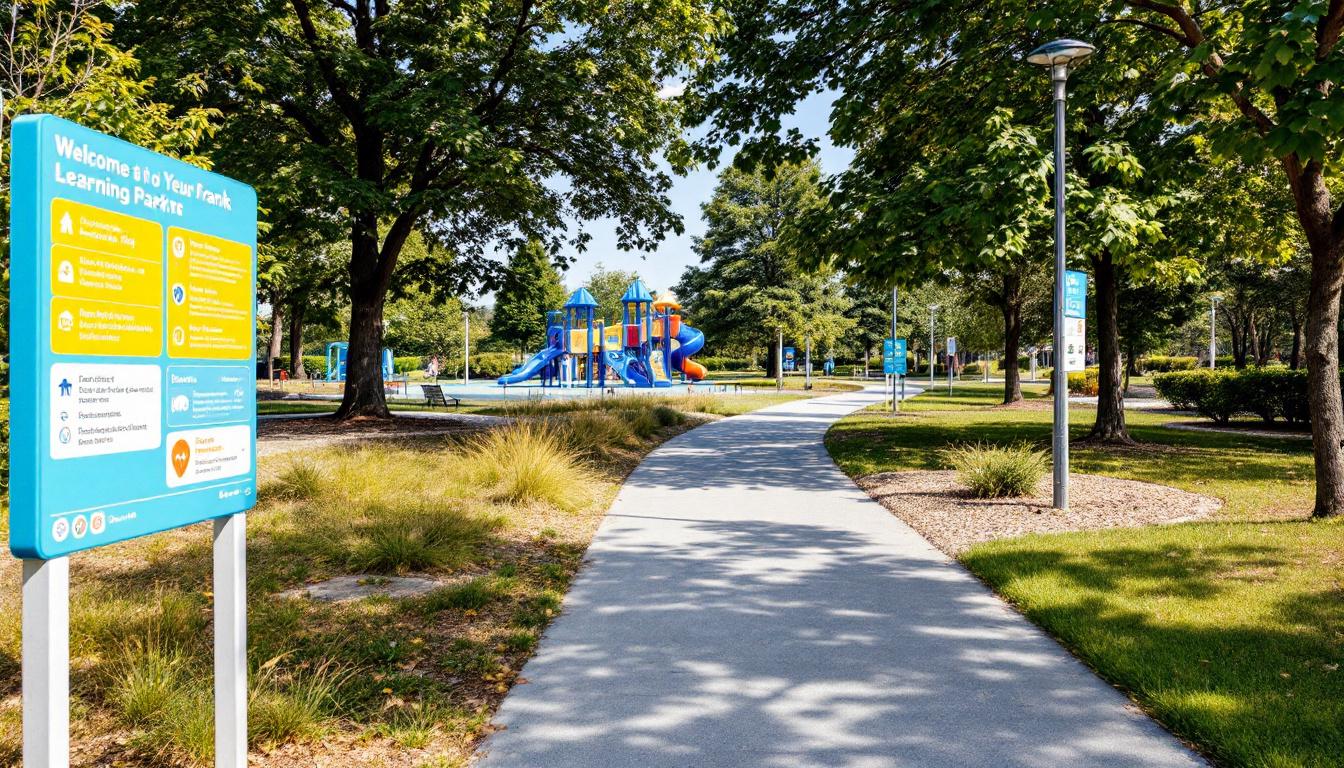
Understanding the Importance of Safety Education for Autistic Adolescents
Teaching safety awareness to autistic teenagers is a vital component in supporting their independence and ensuring their well-being across various environments. Due to unique challenges such as limited understanding of danger, communication difficulties, and sensory sensitivities, tailored strategies are necessary. This article explores comprehensive methods, resources, and practical techniques to equip autistic teens with the skills they need to navigate their communities confidently and safely.
Implementing Evidence-Based Teaching Methods
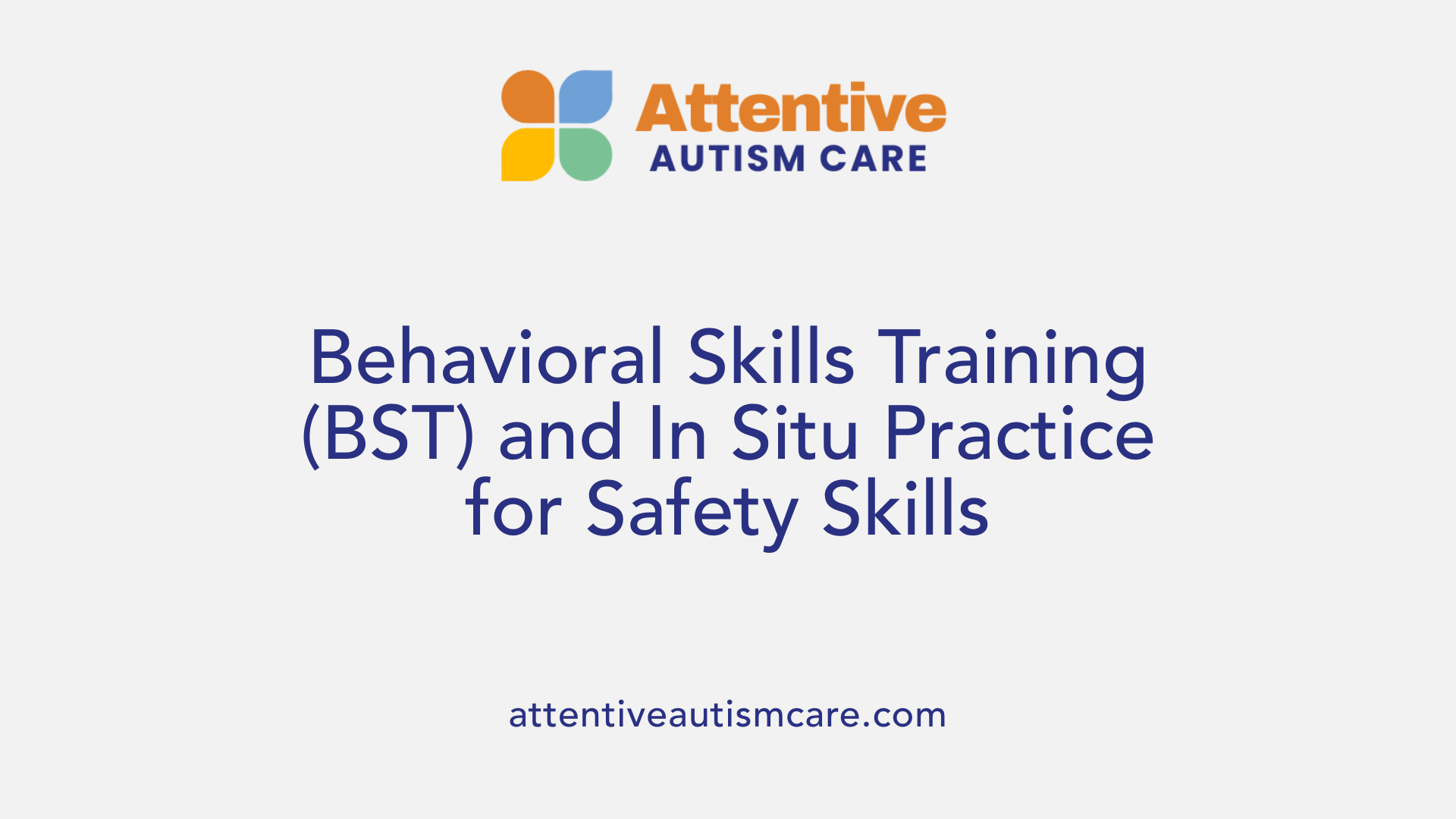
How do you teach an autistic child about safety?
Teaching safety to children with autism requires a thoughtful, structured approach that adapts to their individual needs. One effective method is through role-playing and simulated scenarios, which allow children to practice safety skills in a controlled, supportive environment.
Behavioral Skills Training (BST) is a common and widely supported technique. It involves four steps: giving clear instructions, modeling the desired behavior, rehearsing the activity, and providing feedback. This method helps children understand and remember safety routines by actively engaging them in the learning process.
In Situ Training (IST) can be added if a child finds it difficult to learn through BST alone. IST involves practicing safety skills in real-life settings, such as in the community or at home, to strengthen the child's ability to generalize skills across environments.
Role-playing and practice scenarios further reinforce safety behaviors. For example, children might simulate crossing a busy street, responding to strangers, or calling emergency services. These exercises help children visualize and understand what to do in actual situations, increasing their confidence and independence.
In addition to these methods, visual supports like picture schedules and social stories make it easier for children to grasp safety concepts. Positive reinforcement, such as praise or rewards, encourages ongoing learning.
Overall, combining structured teaching methods with ongoing practice and supervision helps children develop essential safety skills, promoting their safety and independence in daily life.
Addressing Practical Safety Concerns and Creating Personalized Plans
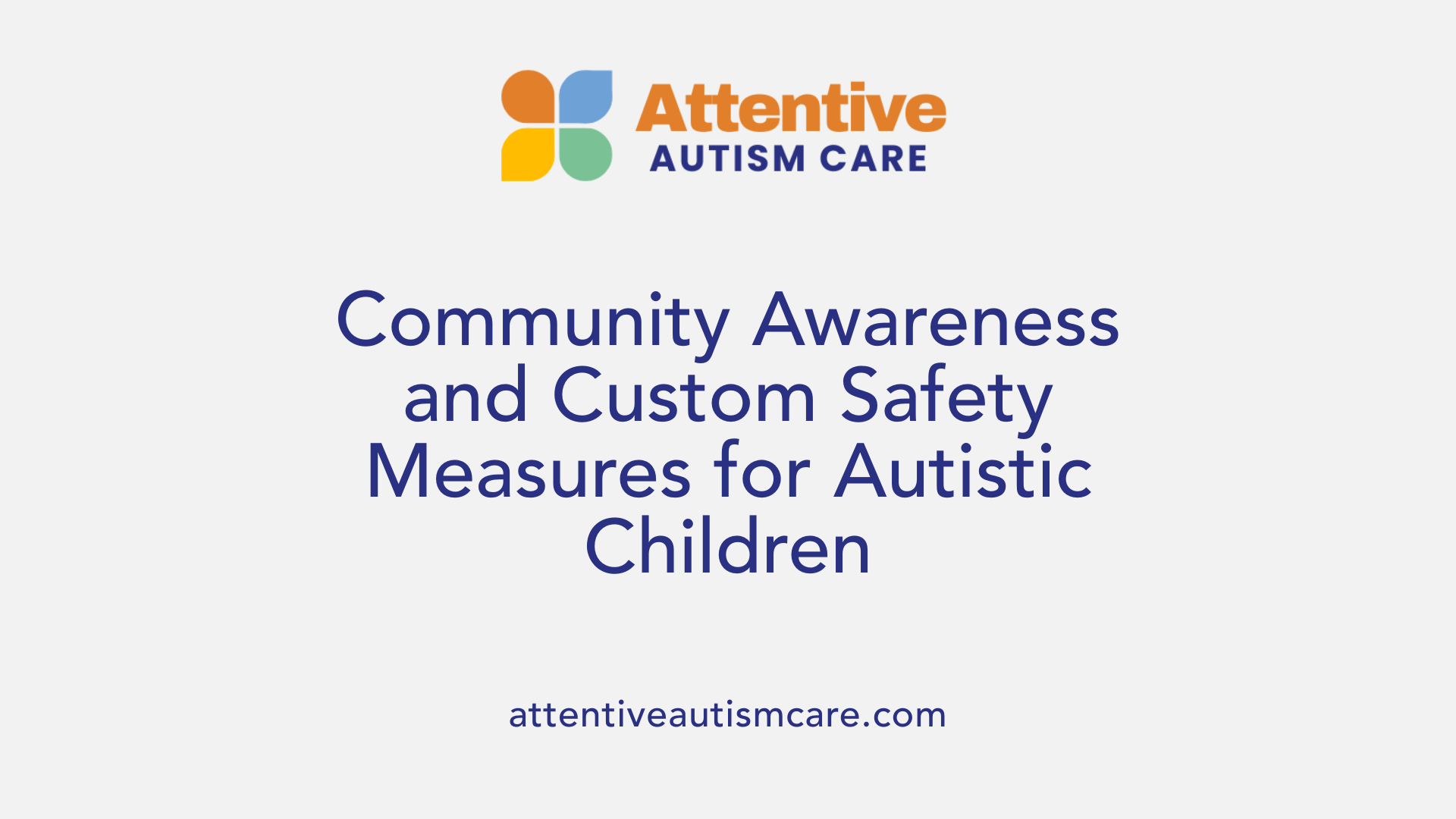
What are some practical safety concerns for autistic children and teens, and how can they be addressed?
Autistic children and teens face various safety challenges that require targeted strategies to minimize risks. Wandering or elopement is one of the most significant concerns, as many children with autism may wander away from safe areas, especially since they often have limited awareness of danger. To prevent wandering, families should implement environmental safety measures such as locks, alarms, and GPS tracking devices. Visual supports, like brightly colored boundary lines or visual cues, can also help children understand boundaries outdoors.
Stranger safety is another priority. Teaching children to recognize safe community helpers such as police officers, fire fighters, and medical personnel through visual aids and social stories builds their confidence in seeking help if needed. Role-playing scenarios help practice responding to strangers and potential abduction situations, reinforcing what to do in real emergencies.
Water safety remains crucial, as water attractions are common risks. Swimming lessons, installing pool fences, alarms, and electronic water sensors play vital roles in safeguarding children around pools or natural water bodies. Educating children about water safety also involves teaching them to recognize environmental hazards like lakes, rivers, or swimming pools.
Household hazards, including toxic substances, sharp objects, or unsecured cabinets, should be addressed through thorough home safety assessments. Installing safety locks and organizing hazardous materials out of reach reduce potential accidents. Communication barriers pose additional risks, as some children with autism may not effectively convey their needs or dangers. Using visual aids, picture cards, and social stories can help children communicate their location, identify safe contacts, and understand family safety protocols.
Developing personalized safety plans involves active participation of families, educators, and community organizations. These plans should include emergency procedures, contact information, and specific safety measures tailored to each child's unique needs. Regular review and practice of safety routines ensure skills remain current and effective.
In conclusion, comprehensive safety planning—covering wandering prevention, stranger safety, water hazards, household risks, and communication strategies—is essential for safeguarding autistic children and teens. Collaboration among caregivers, schools, law enforcement, and community resources creates a strong safety network that adapts to the child’s growth and changing needs.
Utilizing Visual Supports and Educational Resources
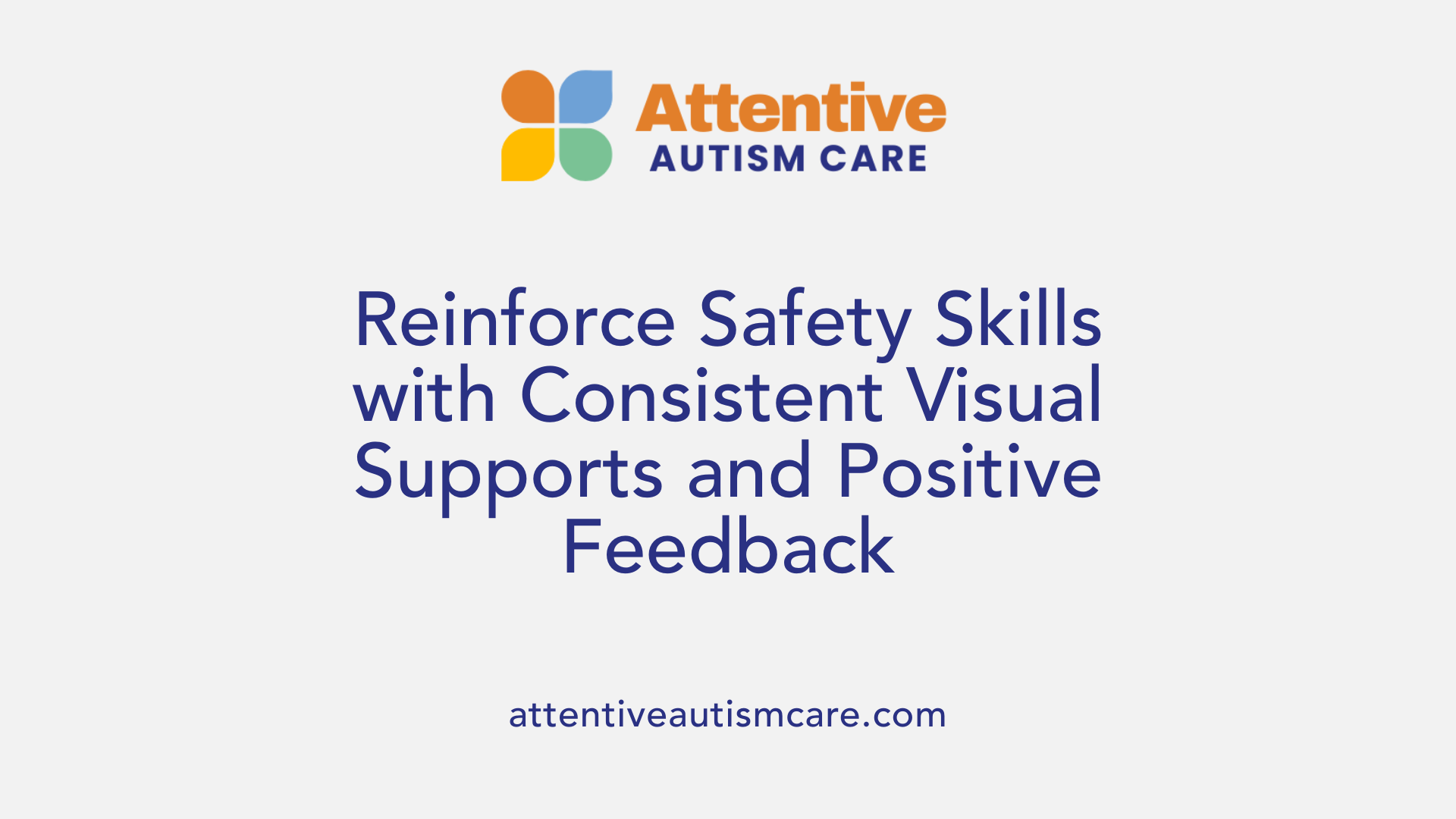
Are there specific educational techniques and visual aids recommended for teaching safety to autistic individuals?
Yes, several effective educational techniques and visual aids are recommended to enhance safety learning for autistic individuals. Visual supports are central to this approach, given that they help clarify routines and safety expectations in a concrete manner.
Social stories and picture cards are widely used tools. These visual narratives or images illustrate appropriate responses to safety situations, such as stranger danger, crossing streets, or calling for help. They help children understand complex concepts through simple, relatable stories and visual cues.
Visual schedules and cue cards serve as prompts to teach safety routines, including recognizing danger signs or emergency procedures. For nonverbal learners or those with limited communication skills, symbol-supported texts and task analyses break down steps into manageable parts, making safety instructions easier to follow.
Creating personalized visuals that reflect familiar environments and relevant safety scenarios increases engagement and comprehension. Incorporating sensory-friendly elements ensures that the learning process remains positive and stress-free.
Reinforcing safety habits through positive feedback is crucial. Using visual aids consistently across home, school, and community settings ensures that safety messages are clear and reinforced in different contexts.
In addition to visual tools, incorporating social interaction through peer modeling and role-play exercises helps autistic children practice safety skills in a supportive environment.
Overall, these strategies make safety education accessible, practical, and tailored to each child's developmental level and learning style.
| Visual Support Type | Purpose | Examples | Additional Notes | |----------------------------|------------------------------------------|-------------------------------------------------------|--------------------------------------------------------------| | Social Stories | Explain safety behaviors in context | Responding to strangers, fire safety, water safety | Use simple language, personalize for the child | | Picture Cards | Teach safety routines | Crossing streets, emergency contacts | Use bright, clear images; reinforce in real-life scenarios | | Visual Schedules | Define daily safety routines | Bathroom safety, bus routines | Use color-coding and picture symbols | | Cue Cards | Prompt specific responses |
Teaching Community Safety and Generalization of Skills
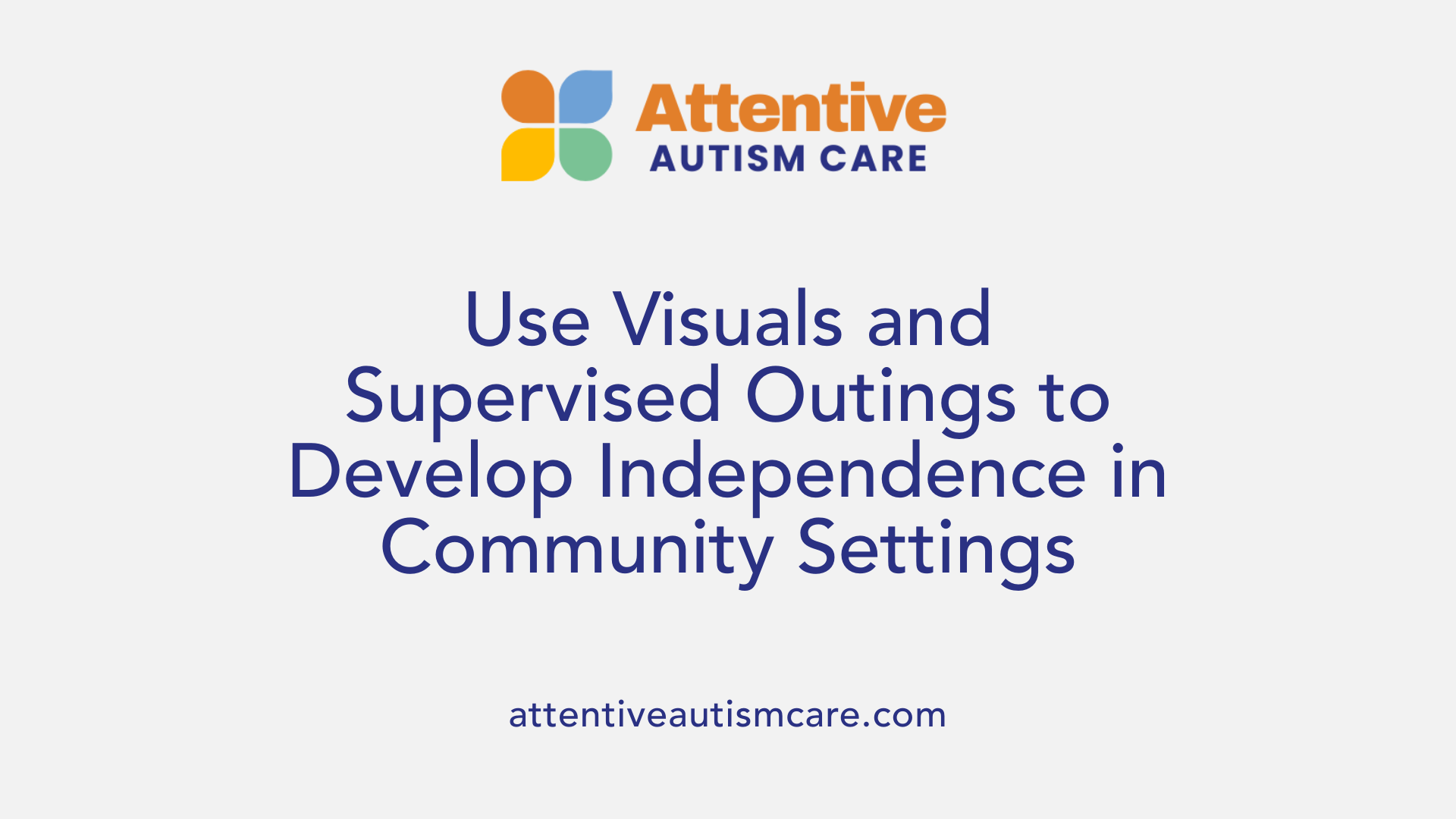
How can community safety skills be incorporated into training for autistic children?
Teaching community safety skills to autistic children involves structured, evidence-based strategies that promote independence and secure navigation of their environments. Approaches like Behavioral Skills Training (BST) play a vital role. BST includes clear instructions, modeling desired behaviors, rehearsing skills through role-play, and providing positive feedback.
In addition to BST, In Situ Training (IST) can be utilized for learners who have difficulty acquiring skills through traditional methods. IST happens in real-world settings, allowing children to practice safety skills in natural environments such as parks, stores, or streets.
Key skills targeted during training include safe street crossing, recognizing safe community helpers like police, fire fighters, and store clerks, and understanding how to seek help if lost. Teaching children to use their cell phones effectively—such as answering calls, following instructions, and describing their location—further supports safety and independence.
Utilizing visual supports like picture schedules, social stories, and cue cards helps children understand safety expectations and routines. Community-based activities, supervised outings, and role-playing scenarios reinforce these skills, enabling children to generalize learning across different settings.
Involving parents, teachers, and community members in the training process ensures consistency and boosts skill retention. Regular assessments and booster sessions are essential for maintaining safety competencies and addressing emerging needs.
Overall, these tailored, multi-faceted approaches enhance community safety awareness among autistic children and help them navigate their surroundings confidently, securely, and with greater independence.
Collaborative Planning for Safety and Risk Prevention
How can caregivers and professionals promote safety awareness among autistic youth?
Promoting safety awareness in autistic youth requires a combined effort from caregivers, educators, and community professionals. The first step is to provide tailored education about safety rules, potential hazards in different environments, and how to respond to emergencies. Using visual supports such as social stories, picture cues, and visual schedules makes abstract safety concepts more concrete and understandable.
Implementing consistent routines and structured safety training activities like role-playing simulate real-life situations, helping youth practice safe responses. Environmental modifications, including home-proofing with locks, alarms, and safety gates, are critical in reducing accident risks and creating sensory-friendly spaces that support regulation.
Fostering self-advocacy and self-monitoring skills empowers teens to recognize dangers and seek help when necessary. Teaching signals, like specific safety cues, enhances their ability to communicate needs quickly. Collaboration is vital; working with families, school personnel, and community resources ensures safety strategies are comprehensive and cohesive.
Developing personalized safety plans that include GPS trackers, identification cards, and emergency contact information can prevent wandering and assist in quick recovery if a child gets lost. Regular review and updates of these plans keep safety measures aligned with the child's evolving needs and environmental changes.
Ultimately, creating a safe environment for autistic youth involves continuous education, strategic planning, and teamwork, all geared toward promoting independence and well-being.
Enhancing Safety Through Transition Planning and Self-Advocacy

What techniques can be used to improve safety planning and risk prevention for autistic teens?
Effective safety planning for autistic teens relies on a personalized, multi-faceted approach. Developing safety plans that are tailored to the individual's needs involves incorporating visual supports like picture schedules, cue cards, and social stories. These tools help teens understand and remember safety routines in various environments, reducing confusion and anxiety.
Structured routines, including clear step-by-step instructions, foster independence and awareness. These routines can be reinforced through hands-on experiences, role-playing scenarios like crossing streets or responding to strangers, and positive feedback to build confidence.
Environmental safety is equally important. Conducting home assessments to identify hazards, installing locks, alarms, or safety gates, and using GPS tracking devices or ID bracelets can prevent wandering and ensure quick location in case a teen goes missing.
Collaboration with parents, caregivers, school staff, and community members enhances consistency across settings. Regular review and updates of safety plans ensure they stay relevant as the teen's skills and circumstances evolve.
Additionally, considering autism-specific factors—such as sensory sensitivities and circumscribed interests—allows safety strategies to be more effective. For example, using familiar objects or interests as motivational tools can make safety lessons more engaging.
Ultimately, combining visual aids, practical training, environmental modifications, and team collaboration creates a robust safety net that adapts to the individual needs of autistic teens, significantly reducing risks and promoting greater independence.
Building a Safer Future Through Tailored Education
Teaching safety awareness to autistic teens requires a multifaceted approach that combines evidence-based techniques, tailored resources, family and community involvement, and proactive planning. Visual supports, social stories, role-playing, and community training are essential tools that foster understanding and confidence. Collaborating with professionals and incorporating safety education into Individualized Education Plans ensure that safety lessons are consistent, comprehensive, and accessible. As autistic teens develop greater safety skills, they gain independence and resilience, empowering them to navigate their environments safely and confidently. By adopting these strategies and resources, caregivers and educators can build a safer future where autistic adolescents thrive with confidence and security.
References
- Autism and safety
- Teaching Safety Skills to Adolescents
- Teaching Children with Autism About Safety - May Institute
- 10 Tips To Effectively Teach Child Safety To An Autistic Child
- [PDF] autism family safety handbook
- Strategies For Enhancing Safety For Autistic Children
- Teaching Safety Skills for Autism | Keeping Kids with Autism Safe







